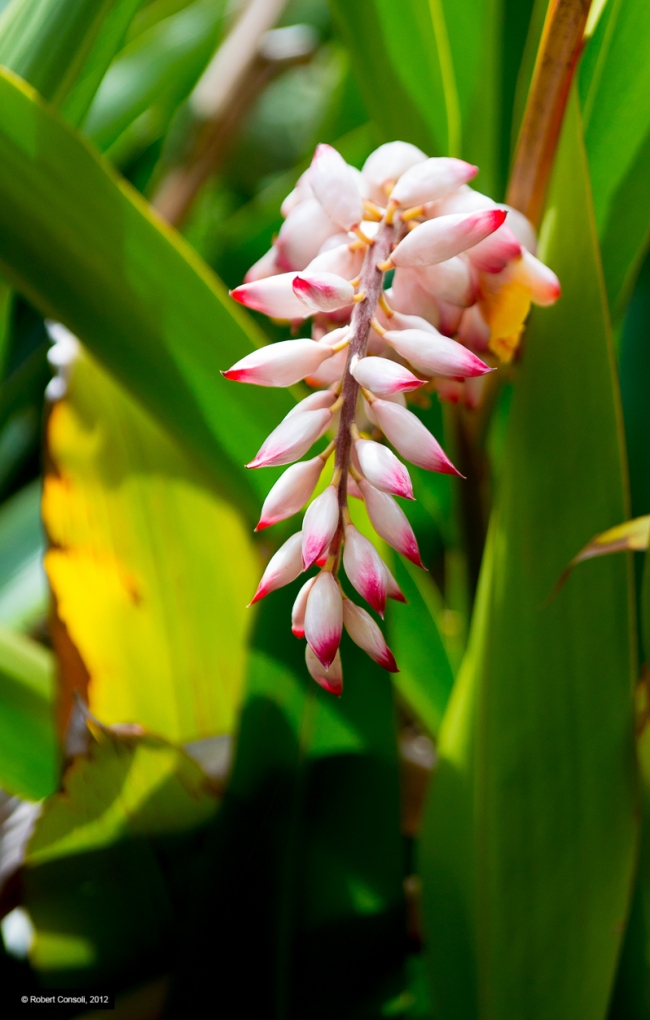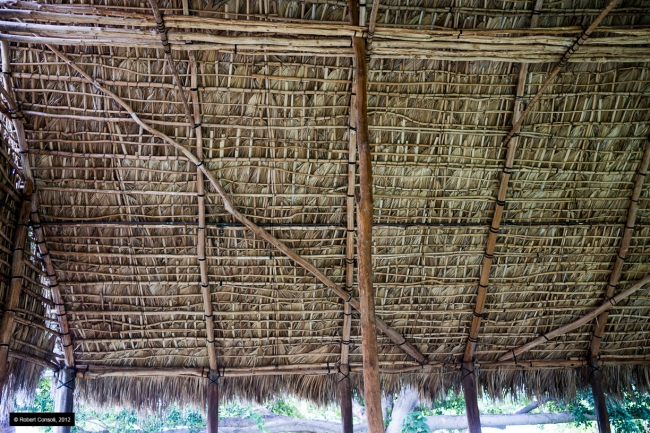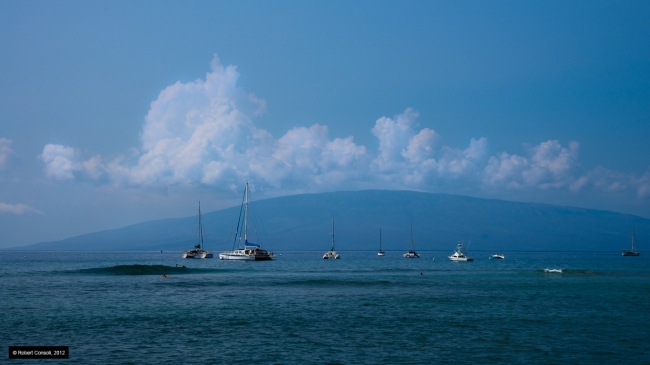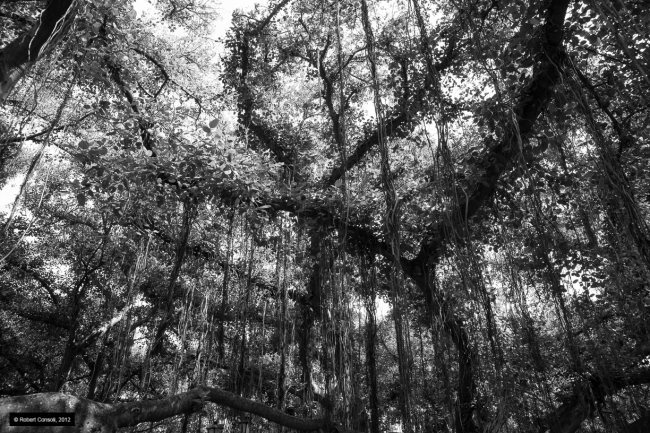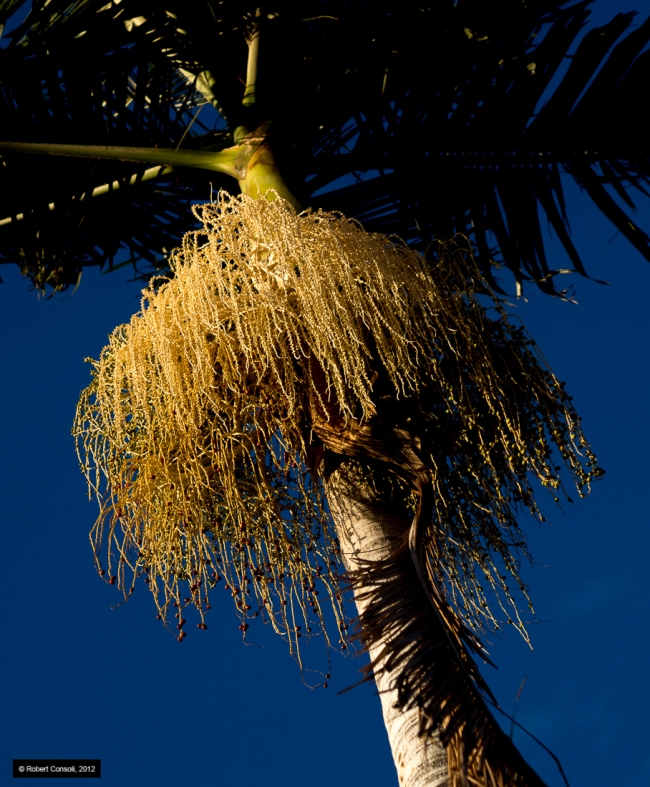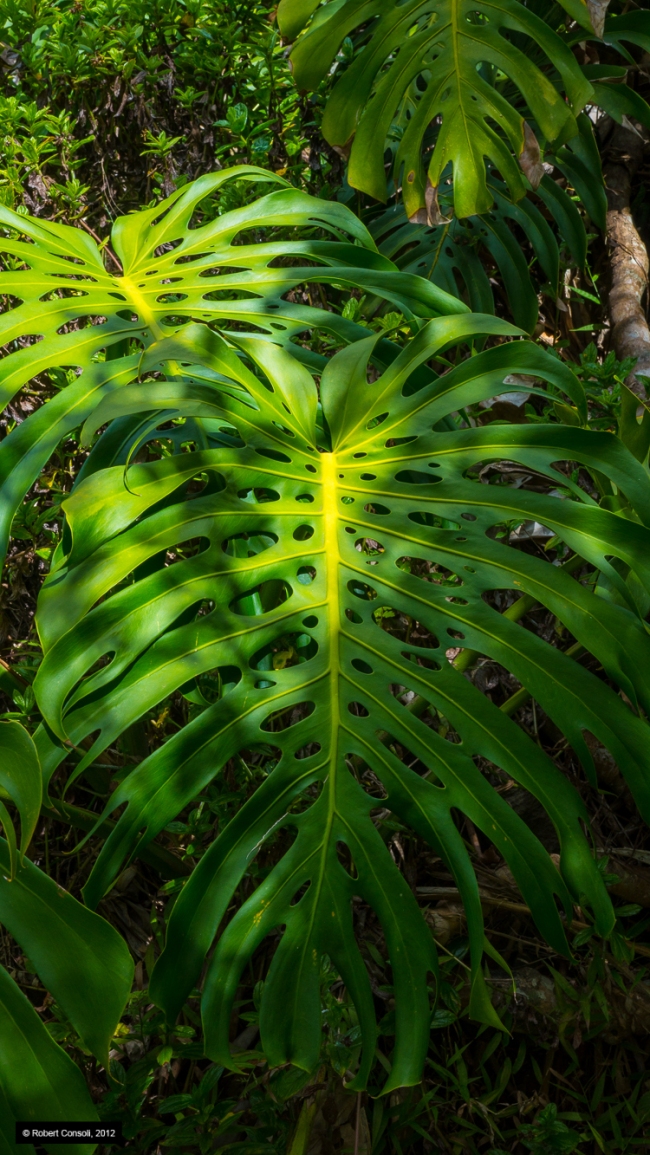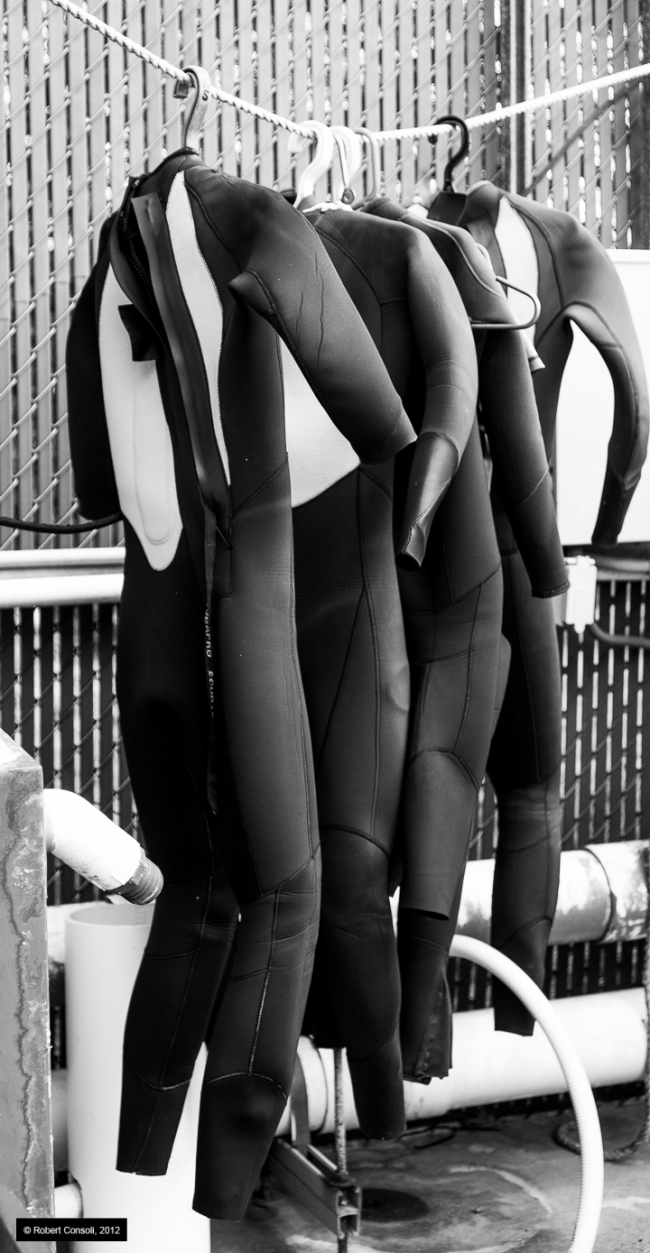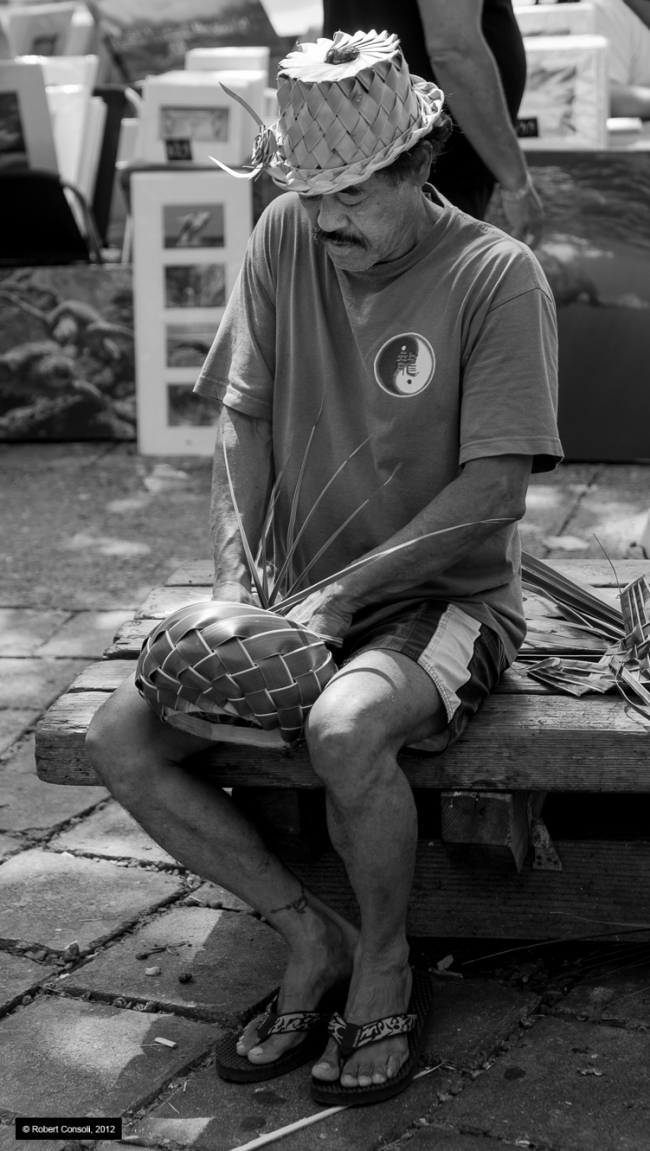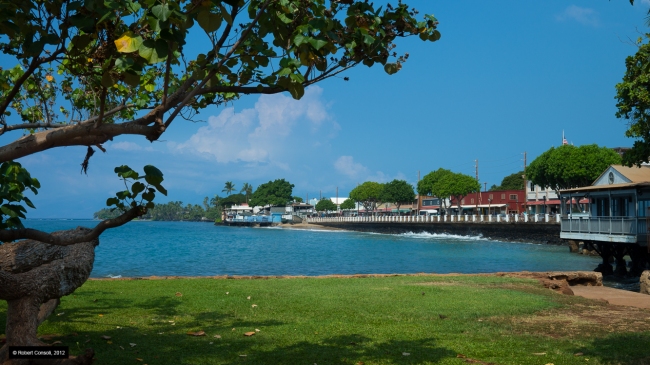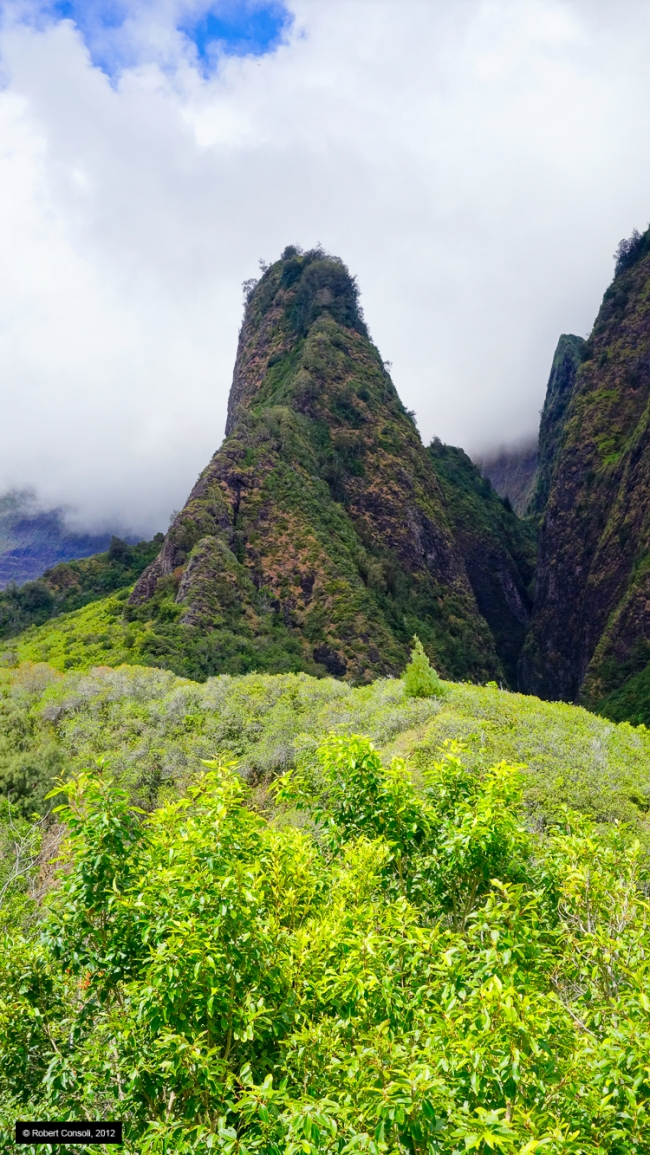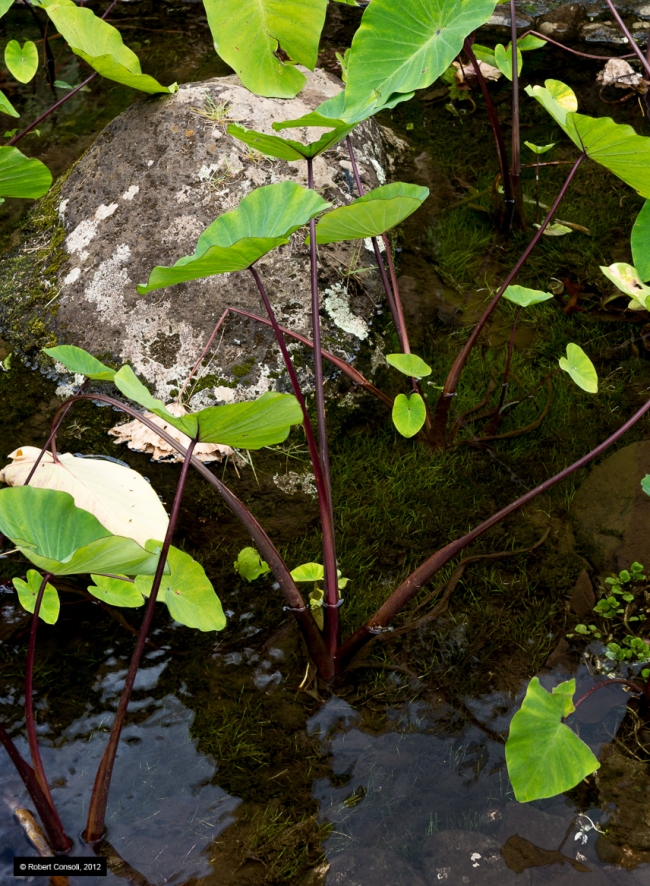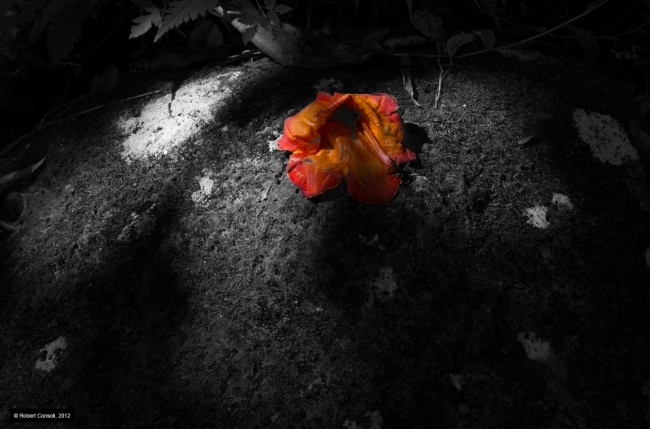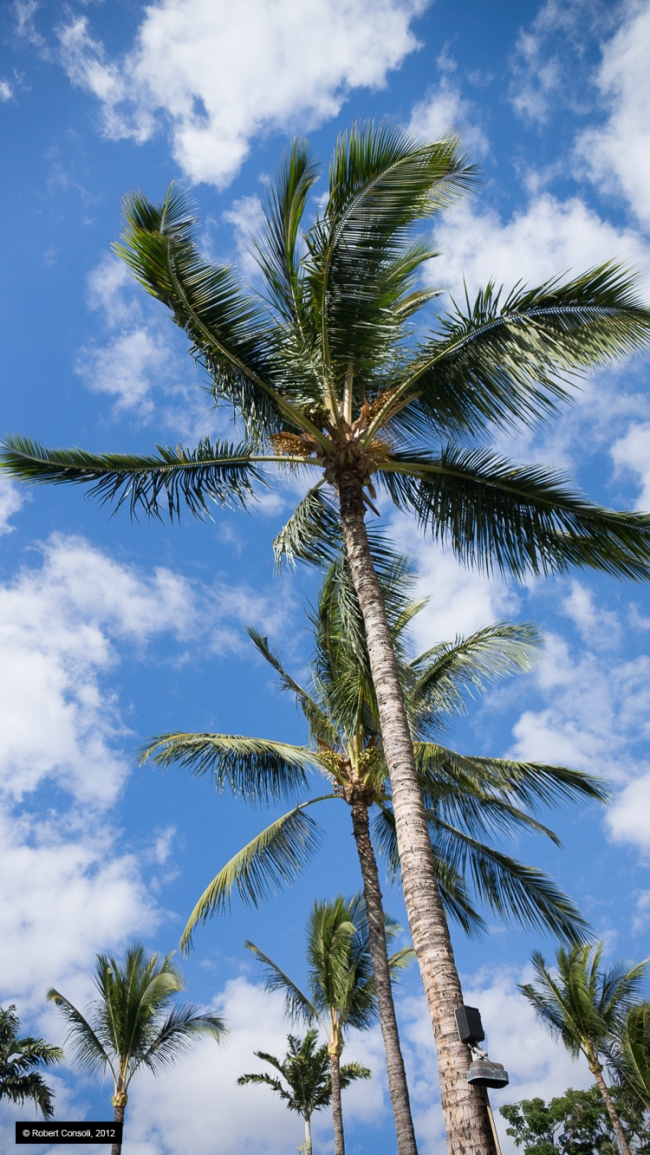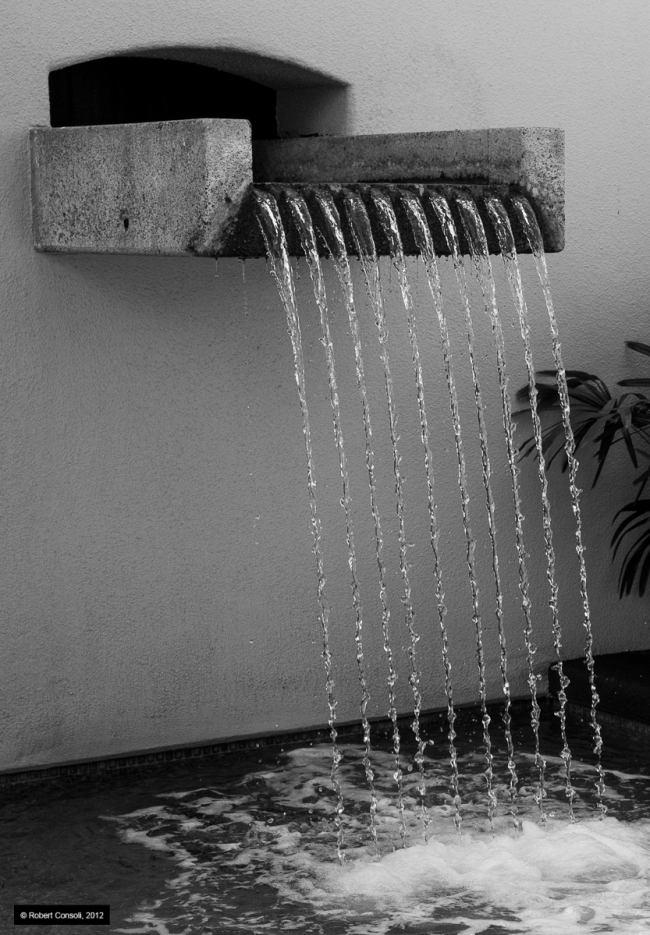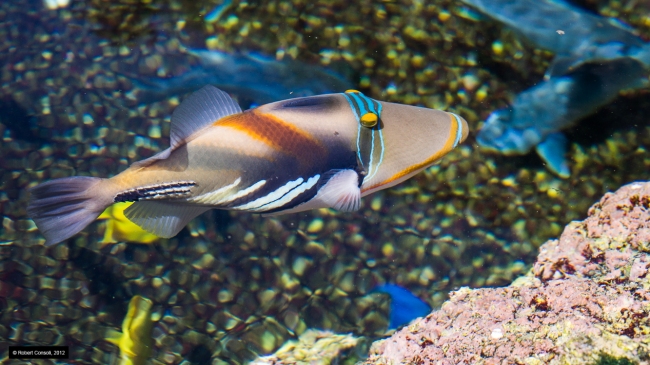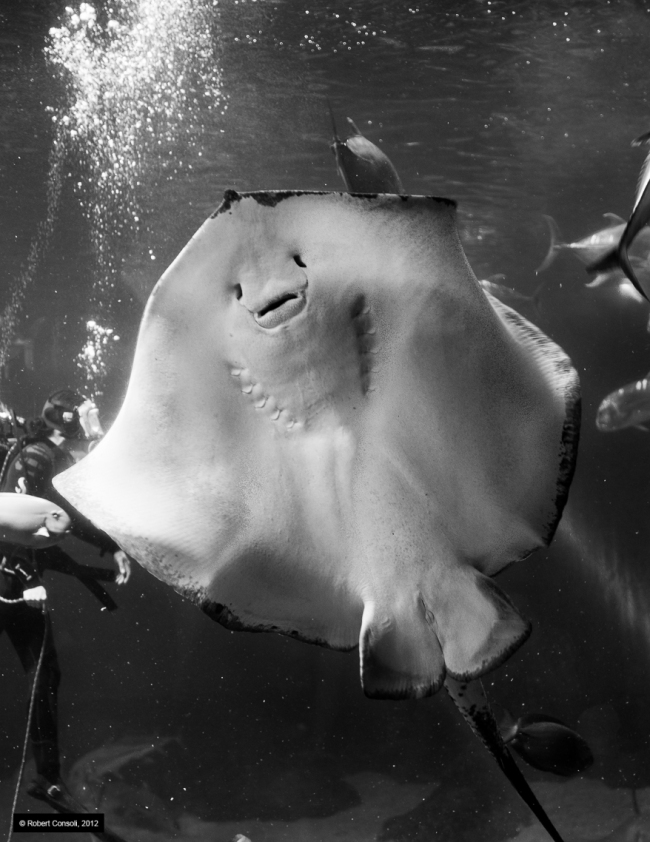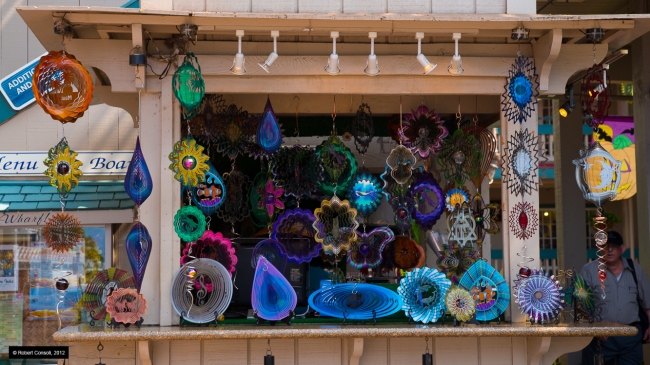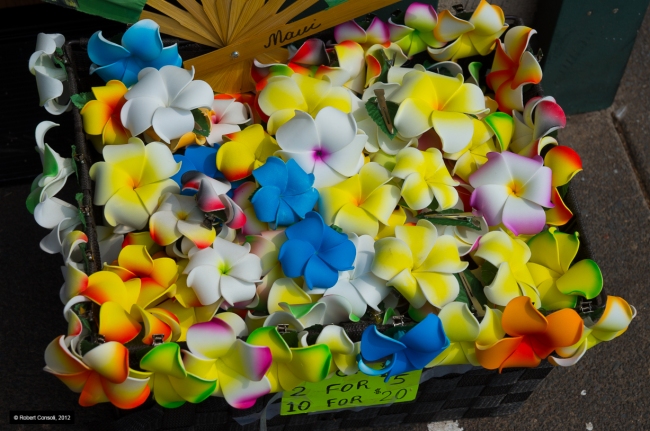I’m still fooling around with the Maui pictures S. and I took last month. Here’s another selection.
Tag Archives: palm
The mysterious sun-shade of the Villa Romana del Casale
The three-dimensional sphere, the hemisphere, and the disk all form a circle when projected onto a two-dimensional surface. Just looking at the 2D result, then, doesn’t necessarily tell us what shape was projected onto that surface. What does this have to do with anything?
At the archaeological site of Villa Romana Del Casale(just a few kilometers from the town of Piazza Armerina in central Sicily) there are about 3500 square meters of mosaic. They date from the time that the villa was built which is just before or just after the year A.D. 300. It isn’t certainly known what the complex originally was but the general consensus is that it was a kind of very fancy hunting lodge/villa for a Roman emperor, perhaps Maxentius. The mosaics cover an extensive range of topics. Some are current; they depict hunting scenes, chariot races, and the like. Others deal with mythological topics. One room in particular depicts ten young women engaged in athletic pursuits; because one of the girls seems to have won a prize these mosaics appear to form a kind of mini-Olympics. The room is called the room of the ten maidens (Sala delle Dieci Ragazze) and the young women are often called the ‘bikini girls’ (and this is the way to Google it) because they are rather skimpily dressed.
 |
| Floor of the Room of the Ten Maidens (The Bikini Girls) |
One of the girls, the second from the left in the lower register (the left-most is cut off in this photograph) is holding something in her left hand and no one knows what it is. Visually it is a circle which is attached by foliate structures or leaves to a central hub and a handle. Between the leaves there appears to be nothing. The local color of this object is yellow; the leaves and the hub are outlined in something darker, probably black.
 |
| Central figure of the lower register. She appears to have won an athletic contest. |
The girl directly to her left appears to have been the winner of whatever contest is being conducted; this girl is crowning herself with a rose (Rosa spp.) wreath and in her left hand she holds a palm (Phoenix dactylifera?) frond. In addition the circular leafed object is being handed to her; it appears to function as a third part of her ‘prize’. But what isit? It’s not spherical but it would be difficult to decide whether this structure is a flat disk or if it’s hemispherical (like an umbrella).
The only thing that suggests itself is that it may be a kind of fan that one twirled in the hand or, possibly, an umbrella or sun-shade. As the spaces between the leaves are empty that appears to weaken the umbrella hypothesis. If it were a fan then the leaves would be fan blades and (I think) ought to be angled. We are not clearly shown in the mosaic that this is the case. I can come up with nothing better and, being congenitally lazy, more than content that this remain a mystery.
Then I saw this:
 |
| The Meeting of Ariadne (L) and Dionysus (R) on Naxos. Mosaic from 4C Roman Merida, Spain. |
This mosaic is from the Museo Nacional de Arte Romano in Merida, Spain. It depicts the meeting of Ariadne and Dionysus (here, Bacchus) on the island of Naxos. Briefly, Ariadne (or Arianna) was deserted by Theseus on the island of Naxos after she had helped him slay the Minotaur. Grieving at her desertion she was seen by Dionysus who fell in love with her and married her. Their marriage is often portrayed; there are black and white mosaics in Ostia and it appears on sarcophagus lids. Here we have a mosaic artist of low skill portraying the event; this mosaic is about a century later than the one at the Villa Romana on Sicily. I’ll briefly describe it. Ariadne is the figure on the left; she appears to be recumbent. Next to her is a satyr carrying in his right hand what appears to be a late-roman memory of a wine cup or kylix. To the right again is what I interpret as a maenad. On her right is the figure of Dionysus who wears a toga and a kind of diadem or band around the forehead. The mosaicists skill is so rudimentary that things which ought to be interpretable are now a bit sketchy. In fact we’re only certain of the subject matter of this mosaic because of the presence of Dionysus’ sacred animal, the panther (Panthera pardus) and the unquestionable goat-like appearance of the satyr. There is a vessel like a volute krater on Ariadne’s right. There are three balls, two of them are depicted in four sewn sections (like one in the ‘bikini girls’ mosaic) and one ball in three sections.
But more than that we see three more circular objects that remind us powerfully of our hypothesized fan/umbrella object from the Villa Romana del Casale. They are not identical to it; all three here are composed of six leaves, not seven. Because the interstices are filled in with color the mosaicist seems to have intended that we understand them as a continuous surface. The object portrayed in the Villa Romana mosaic was definitely not continuous. More, two of these leaved objects have semi leaves around the circumference. This makes me suppose that these semi leaves are stiffeners or reinforcements that keep the radiated leaves at a constant angle with respect to each other. It would be hard to associate such stiffeners to a fan and I slightly prefer the idea of a sunshade or umbrella even though no handles are depicted.
However, like the Villa Romana depiction, the leaves or foliations are outlined in black and their colors are red and yellow. Because the mosaicist here seems to be depicting a continuous surface it could be that we are to interpret these as balls. That was the purpose of my original remark about not being able to tell whether a sphere, hemisphere, or disk is being projected onto a 2-D surface. I cannot definitely say why they shouldn’t be interpreted as balls (spheres) but their general similarity to the corresponding mosaiced form in Sicily prevents me, anyway, from believing this.
I hope that one of my readers will help me to shed light on this little Late Antique mystery. And if you haven’t been to the Villa Romana del Casale then go.
